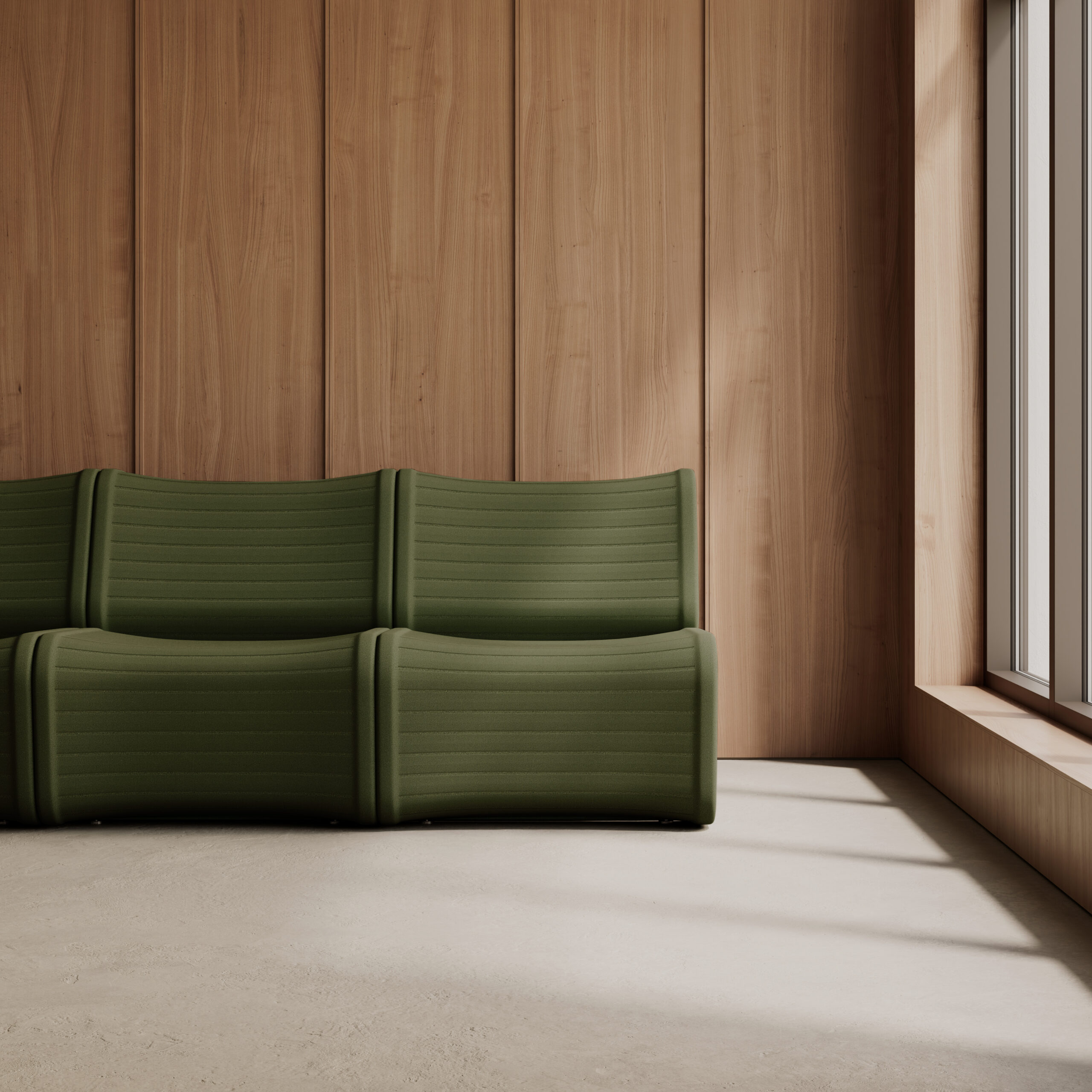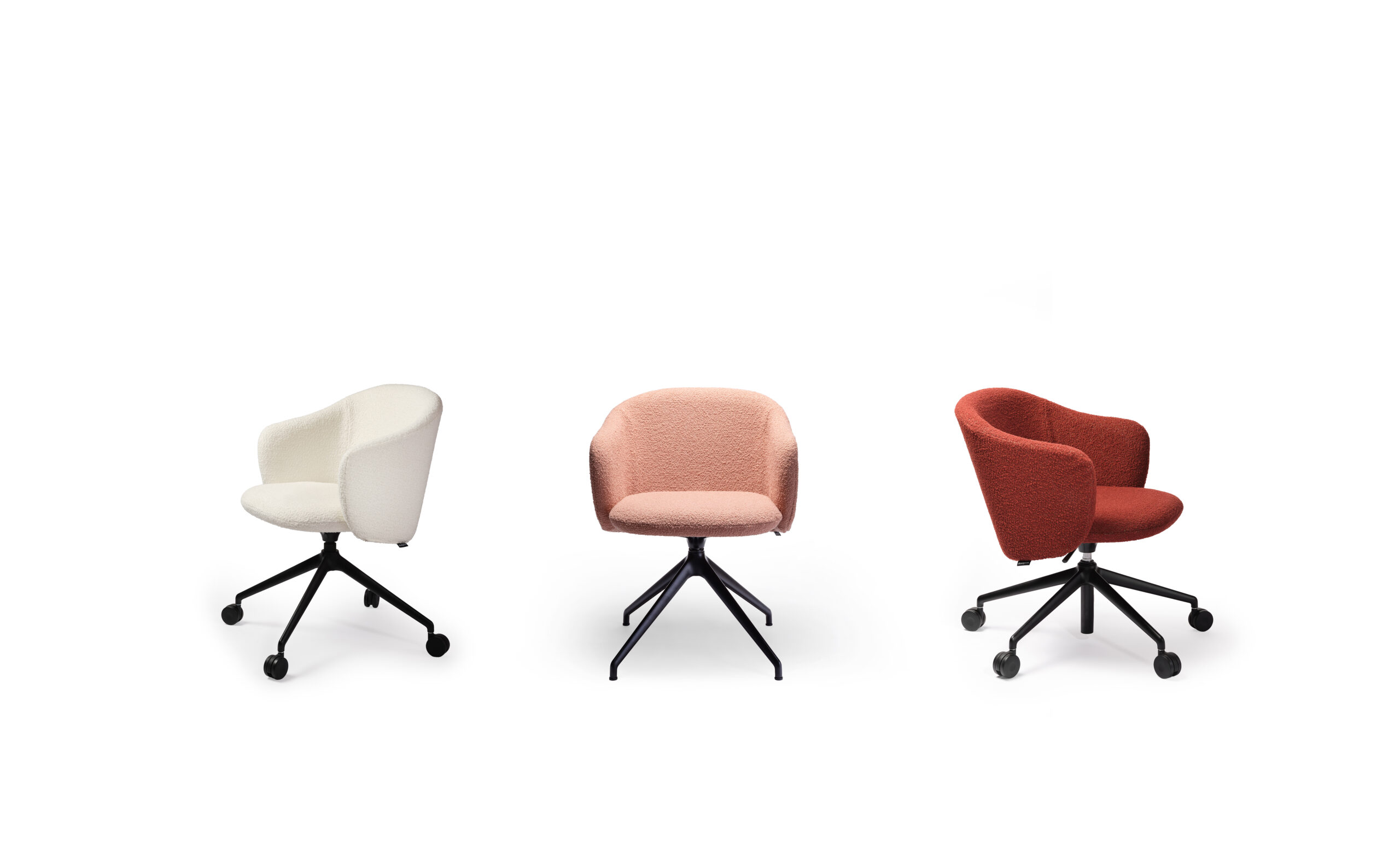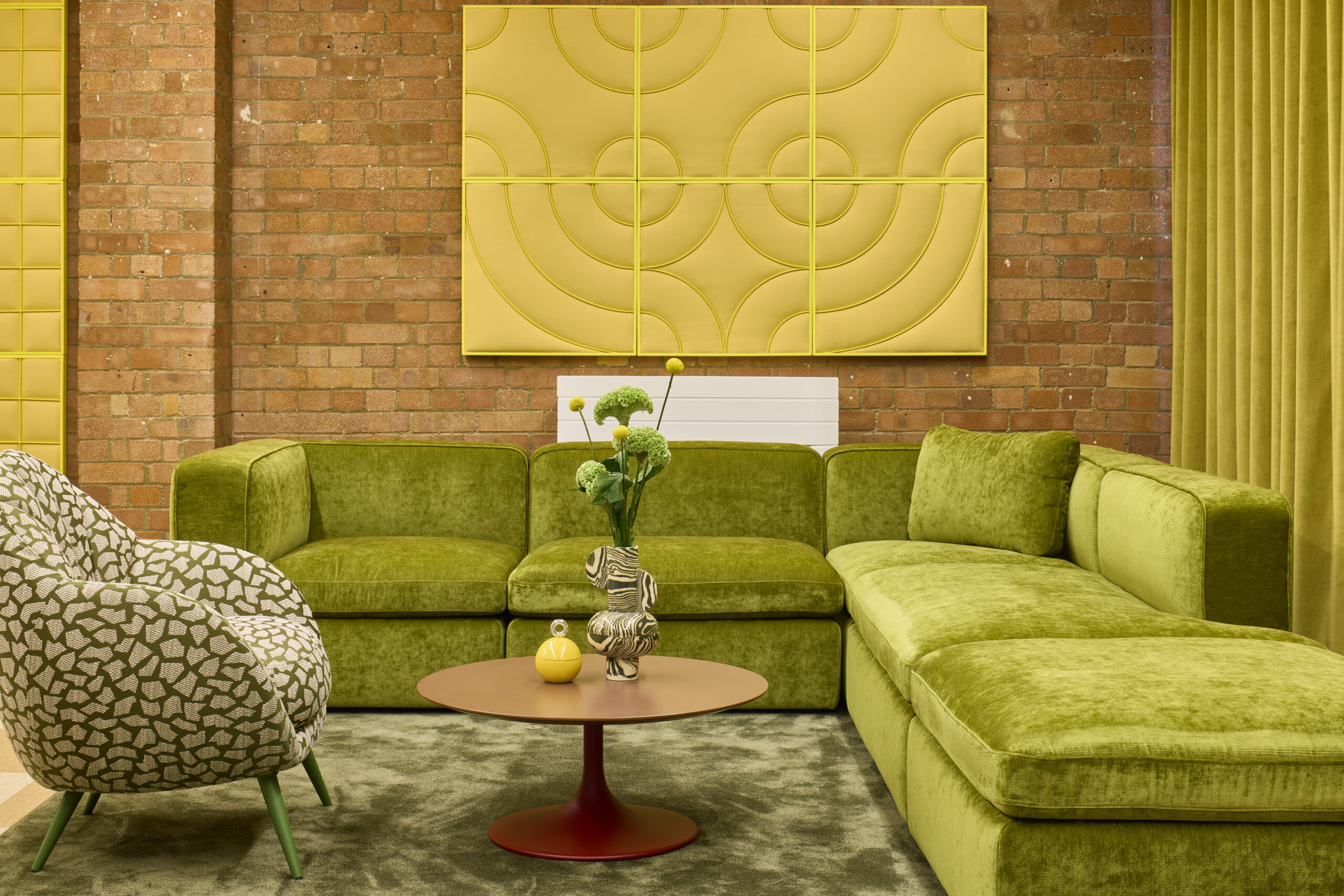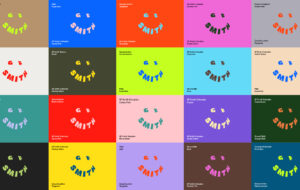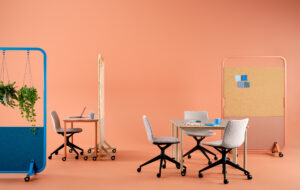 Kral’s new Ray Lights, shown in a colourful combo of sheet and mesh metal|Tomas Kral, our one-to-watch from Milan|An aluminum trench, to catch paraphernalia, skirts around the Homework desk|The 1/4 pen pots are divided into two sections by a folded metal disc|Terracotta is the first in a collection of lamps by Kral for Spanish brand PCM|Flex, a series of desktop stationary pots for Praxis, made from silicone|Clown Nose jars feature a cork stopper attached by an elastic band|The aluminium Array stool, whose design is intended to minimise waste|Kral designed the Plug collection during his MA at ECAL, fusing glass and cork|Wire, a range of lights created for Kral’s BA, is made from steel wire|For Upgrade, Kral gilded and engraved glass milk bottles and sauce jars||
Kral’s new Ray Lights, shown in a colourful combo of sheet and mesh metal|Tomas Kral, our one-to-watch from Milan|An aluminum trench, to catch paraphernalia, skirts around the Homework desk|The 1/4 pen pots are divided into two sections by a folded metal disc|Terracotta is the first in a collection of lamps by Kral for Spanish brand PCM|Flex, a series of desktop stationary pots for Praxis, made from silicone|Clown Nose jars feature a cork stopper attached by an elastic band|The aluminium Array stool, whose design is intended to minimise waste|Kral designed the Plug collection during his MA at ECAL, fusing glass and cork|Wire, a range of lights created for Kral’s BA, is made from steel wire|For Upgrade, Kral gilded and engraved glass milk bottles and sauce jars||
He studied under a Bouroullec and he’s now working with some very cool independent brands. Meet the definition of ‘up and coming’
One of the most exciting aspects of being in Milan is spotting the up-and-coming designers destined to grace many a furniture fair to come, and one of this year’s most promising finds is Tomas Kral. Strolling through Brera, onoffice stumbled upon his Ray lamps for Petite Friture adorning a corner of design boutique Spazio Pontaccio, and having heard his name on more than a few in-the-know lips recently, this discovery prompted us to find out more.
Made from a shade of metal mesh with a sheet metal hat, the Ray light embodies an innate understanding for material juxtaposition that gives Kral his edge.
Another recent launch at Maison et Objet, the Homework desk for Super-ette, shows a similar fusion of textures, with a cast aluminium trough that surrounds the ash desk to act as a storage shelf. Across his relatively small body of work since graduation, Kral has worked with everything from glass to terracotta to silicone to silver, each time celebrating the material’s individual nature.
“When you start to work with a material, you try to transform it, understand it and make something intelligent with it,” he explains, speaking to onoffice after the fair. “I like playing with materials and trying to match different ones together, but I don’t have a particular preference. I just want to design an object that makes sense for that specific material.”
Originally from Slovakia, Kral moved to Lausanne in Switzerland ten years ago to study at renowned design school ECAL, initially for a BA in industrial design, then a postgraduate course in product design – under tutor Ronan Bouroullec – then another one-year masters course in luxury design. This saw him work on live projects for high-end jewellery and tableware brands like Christofle, gaining valuable experience dealing with the commercial side of the industry.
“When you work with a material, you try to understand it and make something intelligent of it”
This extended education gave Kral the time to refine his craft and develop a sense of his own brand. “We had a lot of freedom, and many opportunities to participate in different workshops and projects, which helped to define my personality as a designer,” he says. While still at ECAL, he began to develop sophisticated products imbued with his own identity that, unlike many student works, could easily traverse into a real-life product. Array, a flat-pack aluminium stool, and Plug, a collection of lamps, tables and bowls made from glass and cork, were designed and produced during his postgraduate course.
“I knew I didn’t want to work for anyone else, so even while I was still studying I was trying to be ‘on the scene’, not as a student but as Tomas Kral.” Needless to say, on graduation he hit the ground running.
Libby Sellers, a juror on the ECAL graduation awards, asked him to exhibit his Upgrade collection of etched and gilded glass jars and bottles at her gallery during 2008’s London Design Festival – a huge boost to his fledgling career.
He stayed put in Lausanne to set up his studio, and has since been steadily gleaning more and more press attention and awards, exhibiting at other cool European galleries such as Galerie Kreo in Paris and Helmrinderknecht in Berlin, and collaborating with manufacturers. These are generally small up-and-comers like Kral himself, such as Hong Kong’s Praxis, Spain’s PCM, Foundry in Singapore, and Jonah Takagi’s new venture, Field, who he is just starting to work with. He deems these relationships more of a two-way street than working for bigger brands. “We grow at the same time. I learn about how they approach development, and they learn from me too. I would say it’s a closer collaboration.”
“What I like is not just designing a shape, but re-finding the functionality and the story you can tell”
The Homework desk represents an unprecedented increase in scale for Kral, part of his aim for this year to apply his still-evolving style to larger pieces. “I want to find my way in the furniture field,” he says. “What I like is not just designing the shape, but re-finding the functionality and the story you can tell through a piece.” Being careful to grow at a constructive, controllable pace, this process will involve Kral getting some distance from restrictions such as production requirements and briefs, and taking time to research and experiment with materials.
He is clearly a three-dimensional thinker, recording many Eureka moments not with a sketch but a quick mock-up, and constantly referring back to this throughout the development process, so as not to lose the ‘poetry’ of the original idea.
This poetry, according to Kral, is the reason anyone buys a product, beyond functionality. “I try to infuse an object with an extra value that the user can link to, whether it makes them smile or reminds them of something familiar, or the material is nice to touch. A bit of intelligence or personality.” So far, so good. We’ll definitely be keeping an eye on this chap’s work from now on.




